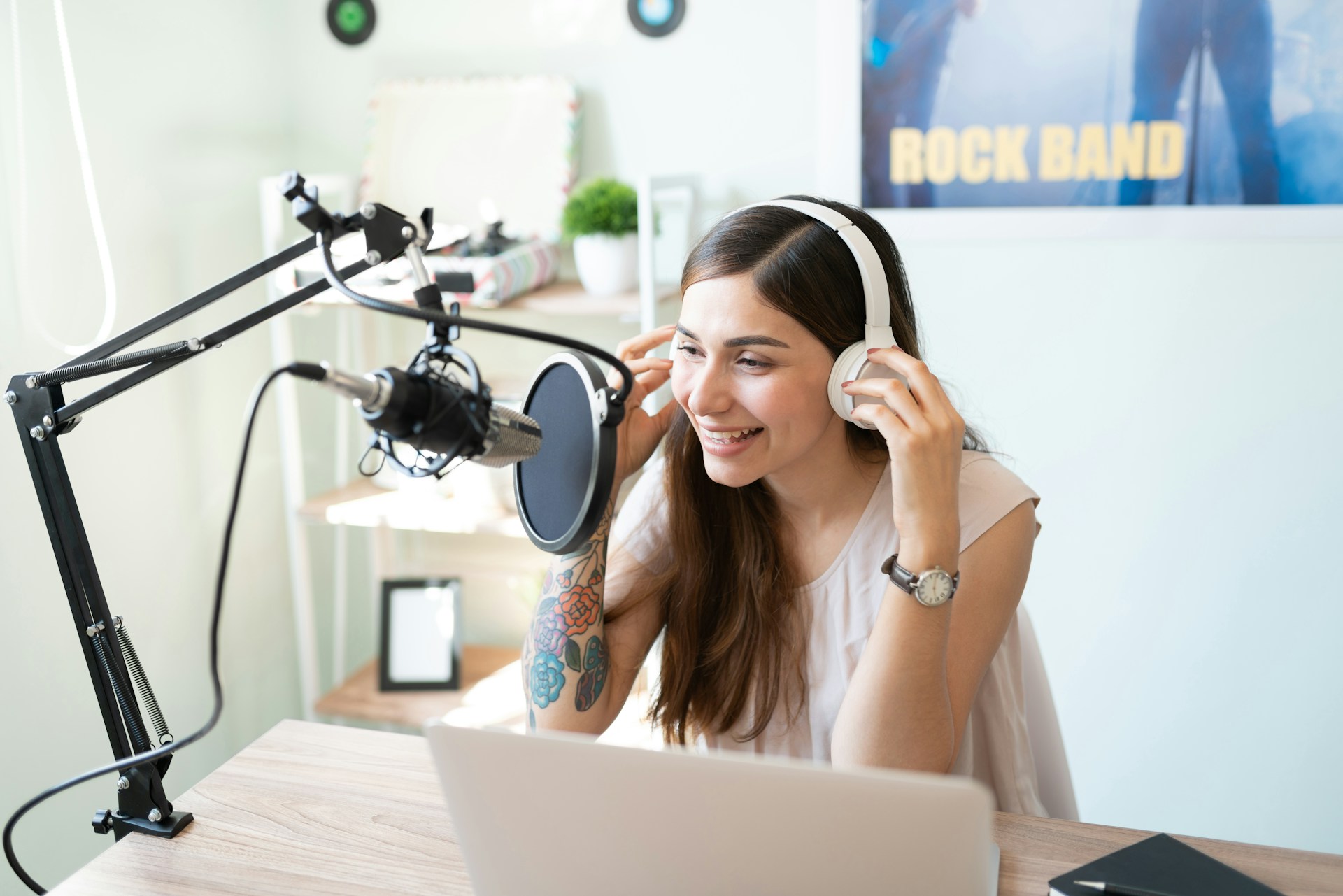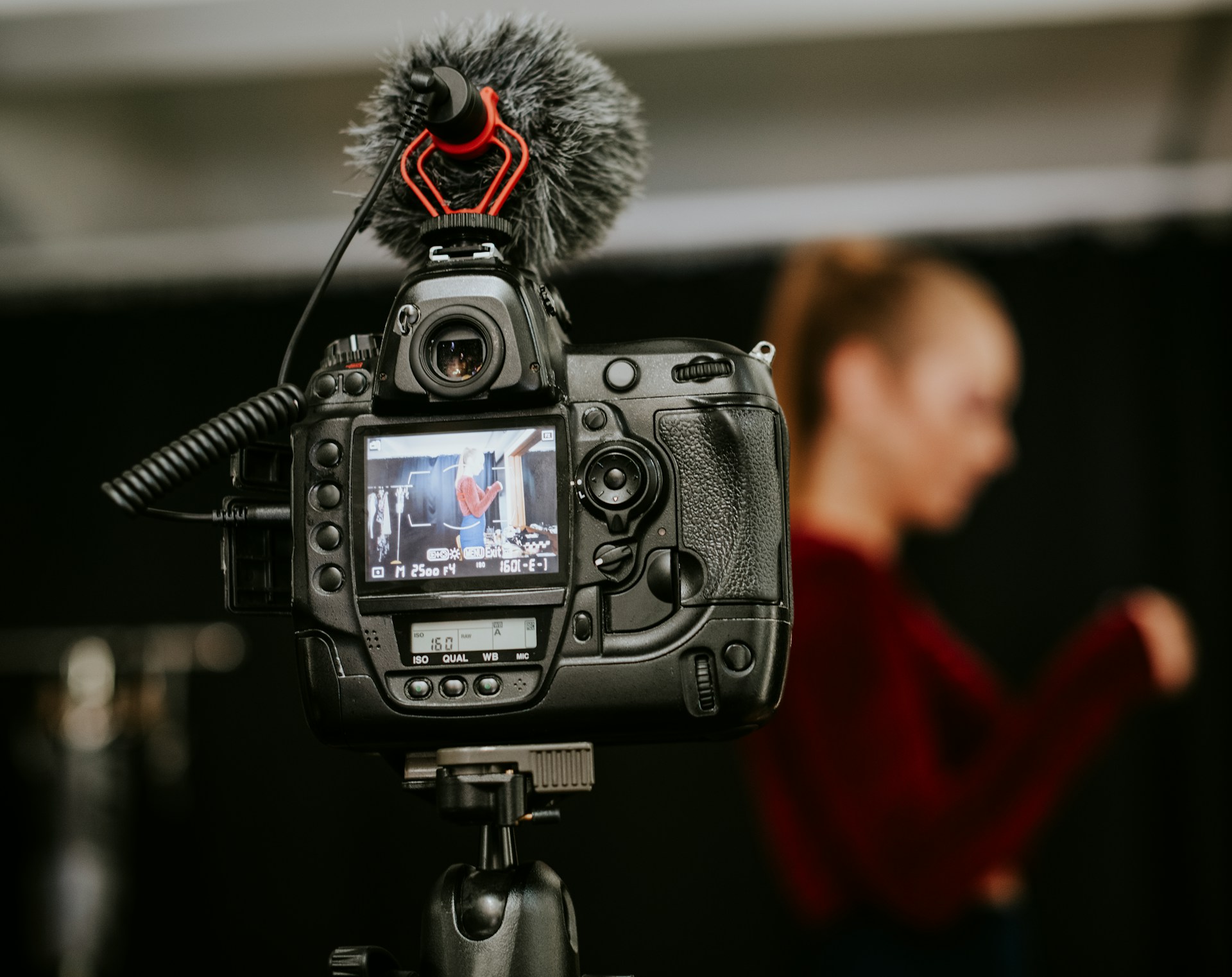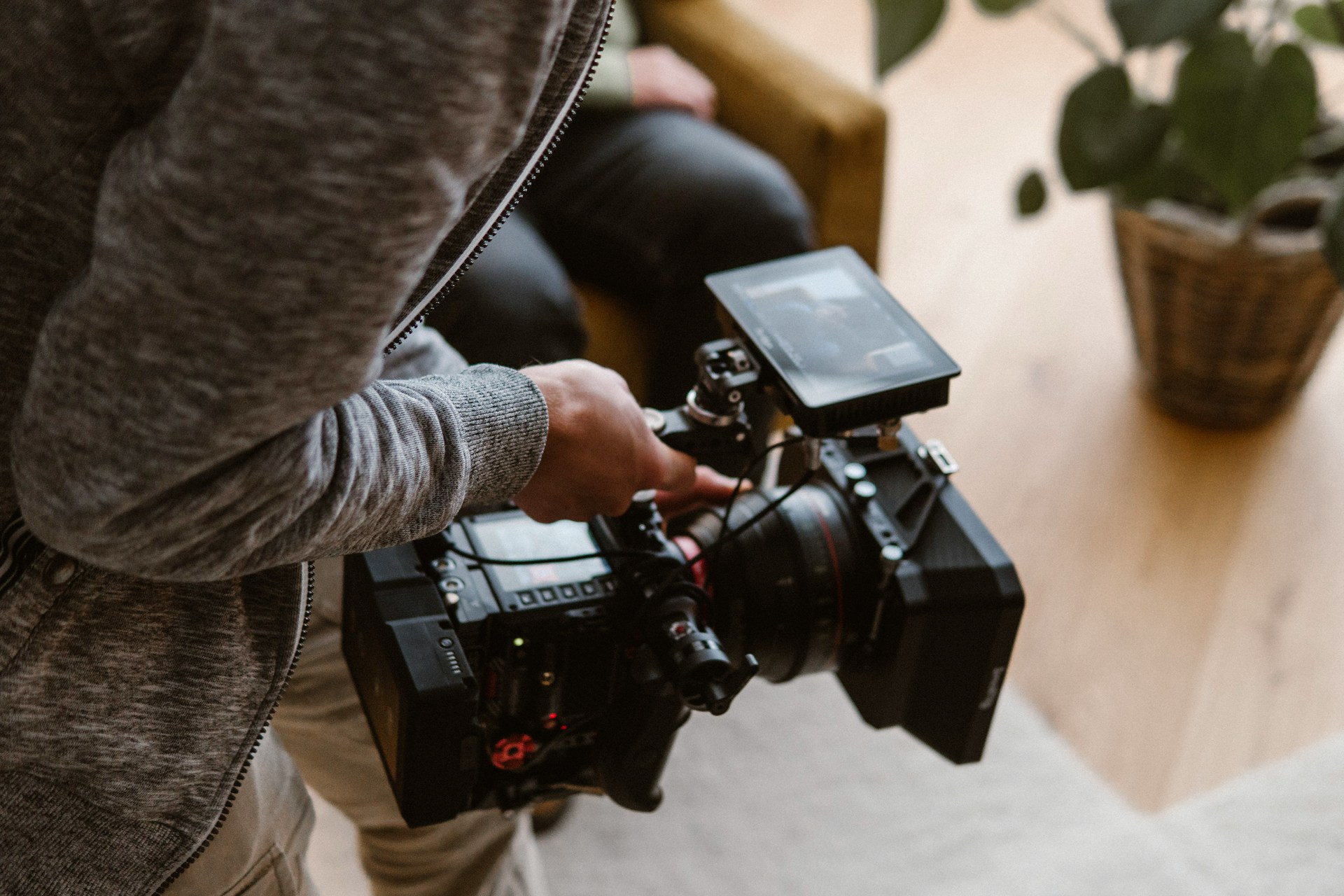Podcasts are a fantastic way to share stories, insights, and information on just about any topic. But to keep listeners coming back, the sound quality must be top-notch. When the audio is clear, listeners can focus on the message without distraction. Poor sound can turn even the most engaging content into a frustrating experience.
Sound quality plays a significant role in how professional your podcast appears. It shapes the listener’s first impression and sets the tone for the entire show. High-quality sound shows you’re serious about your podcasting venture, making it easier to gain credibility and trust with your audience.
Listeners are far more likely to stick around if they’re not straining to hear or understand what’s being said. Avoiding echoes, background noise, and distortion is vital in delivering a pleasant listening experience. By prioritising sound quality from the outset, you ensure that your podcast stands out in a crowded field and leaves a lasting impression.
The Importance of Sound Quality in Podcasts
Sound quality plays a critical role in podcasts, influencing how your audience perceives and interacts with your content. Whether you are sharing stories or discussing important topics, sound clarity ensures that your message is communicated without distractions.
Sound quality directly affects listener retention. When listeners struggle to hear or understand due to poor audio, their interest wanes quickly. Clear sound keeps listeners engaged, allowing them to enjoy the content without interruption. Podcasts with high-quality sound are more likely to have listeners return for future episodes.
Another essential aspect is the role of sound in audience engagement. Good audio creates an immersive experience, making listeners feel connected to the conversation. By capturing nuances and expressions, quality sound helps convey emotions effectively, engaging the audience more deeply.
Sound quality is also a reflection of professionalism. Clear and polished audio demonstrates attention to detail and commitment to producing valuable content. Podcasts with great sound are perceived as more credible and professional, establishing trust and a reputation for quality.
Common Sound Issues and How to Avoid Them
Identifying and solving sound issues is key to producing a top-tier podcast. Background noise and echoes are common problems that distract from the content. Use a quiet room and position yourself away from hard surfaces to minimise echo. Rugs, curtains, and foam panels can effectively dampen noise.
Distortion and static can ruin even the most compelling podcasts. Keep an eye on your volume levels to prevent distortion. Proper microphone placement and steady voice levels are crucial. Additionally, selecting the right equipment can reduce unwanted static.
The impact of poor equipment on sound quality is significant. Low-quality microphones and cables can introduce hissing or buzzing sounds. Invest in good gear to ensure your recordings capture sound accurately and cleanly. Regularly check your equipment for damage and replace faulty items promptly.
By proactively addressing these issues, you can enhance your podcast’s sound quality. Focus on creating an environment that supports clear audio and employ tools and techniques to minimise distractions. This attention to detail results in a professional-sounding podcast that resonates with your audience.
Techniques for Improving Podcast Audio
Improving podcast audio hinges on effective microphone use. Positioning your microphone correctly is essential. Speak directly into it, maintaining a consistent distance to avoid volume fluctuations. Invest in a pop filter to reduce plosive sounds, which can distort recordings.
Sound editing and mixing are crucial to refining audio quality. Basic editing tools allow you to trim unwanted segments and clean up minor sound issues. Mixing involves balancing different audio tracks to ensure a cohesive sound. Use equalisation (EQ) to fine-tune frequency levels, enhancing clarity and presence.
Using background music and effects can add depth and interest to your podcast, but moderation is key. Background music should complement the dialogue without overpowering it. Consider using subtle sound effects to enhance storytelling, but ensure they fit naturally into the content.
Choosing the Right Equipment for Recording
Selecting the right equipment is fundamental to capturing high-quality sound. Essential gear for quality podcasts includes a reliable microphone, headphones, and an audio interface. The microphone is arguably the most important piece, as it directly affects the clarity of your recording.
Comparing microphones like dynamic and condenser types helps determine which suits your needs best. Dynamic microphones are durable and handle loud sounds well, making them great for live environments. Condenser microphones are more sensitive and capture a wider range of frequencies, offering a detailed sound for studio recordings.
Setting up an efficient recording environment involves arranging equipment to suit your recording needs. Ensure that your setup minimises unwanted noise and provides a comfortable space for speaking. This helps maintain a consistent audio quality and supports easier editing and mixing later.
Conclusion
Achieving good sound quality in podcasts involves a balance of the right techniques, environment, and equipment. Each component plays a vital role in ensuring your audience has a pleasant listening experience. With careful consideration and practice, you can produce podcasts that captivate and retain listeners, drawing them into your stories or discussions.
To bring your podcast vision to life with exceptional quality and expertise, consider partnering with On Air today. Our team of professionals can assist you in creating engaging and high-quality podcast production that captivates your audience. Whether you need advice on gear, editing tips, or a complete production solution, we’re here to help every step of the way.






